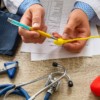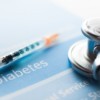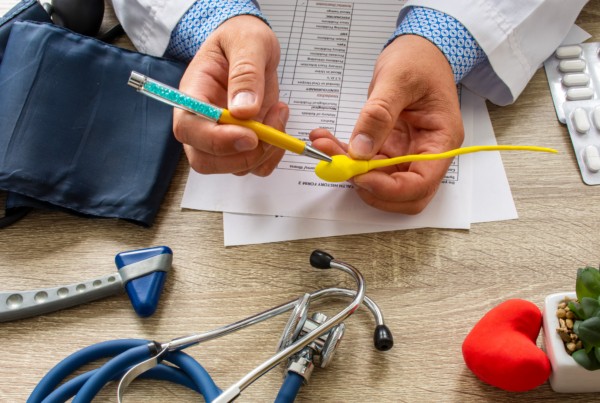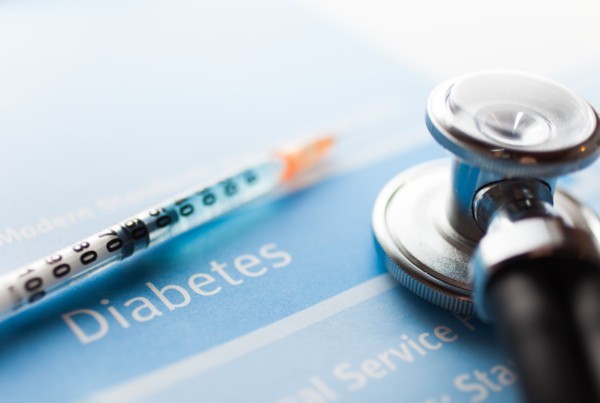Overview of the YO SCORE:
At home sperm testing has taken yet another leap forward with the introduction of the YO SCORE. Reproductive Endocrinologists make key decisions about fertility treatment based on both male and female examinations and test results. Semen analysis (particularly motility, count and morphology) is the primary test for assessing male fertility.
YO Home Sperm Test, the first and ONLY FDA cleared Smartphone, video-based home sperm test to report Motile Sperm Concentration (as a qualitative result of LOW or MODERATE/NORMAL) has demonstrated that it can match the accuracy and precision of semen analyzers found in many fertility clinics. The accuracy and precision of YO was confirmed by a peer reviewed article published in the international journal Fertility and Sterility in December 2018.
The YO SCORE developed by Medical Electronic Systems, a global expert in automated semen analysis, was introduced to help YO Home Sperm test users better understand their Moderate/Normal YO results. The scoring is based on a study published by the WHO that ranks the semen analysis results of thousands of men who have fathered children. YO scores are reported in increments of 10 up to 90+ and fall into three categories of NORMAL as shown in the table below.
| YO SCORE | GROUP |
| 10 – 30 | LOW NORMAL |
| 40 – 60 | AVERAGE NORMAL |
| 70 – 90 | HIGH NORMAL |
Monitoring Vasectomy Reversal with YO SCORE:
Vasectomy Reversal: Example
Becky (34 years old) and Kyle Smith (40) are ready to start a new family. They both have children from prior relationships and married last year. Kyle had a vasectomy and after consultation with a fertility specialist and urologist, they decided to proceed with a vasectomy reversal.
To test the success of the procedure requires periodic semen analysis at 6-16 weeks. Unfortunately, the Smith’s live 2 hours away from the clinic and their local hospital lab does not perform semen analysis. If there were a home test that Kyle could use to easily view his sperm and also measure count and motility it would save them a four hour commute and provide monitoring from the convenience of their own home.
After a short internet search, Becky finds the YO Home Sperm Test and decides the features are optimal for them. She is particularly interested in the video and YO SCORE because she and Kyle can actually see if Kyle is producing live sperm AND gauge the overall progress of his surgical recovery with the YO SCORE.
He has his reversal and checks his YO SCORE:
- 2 months post surgery: Kyle runs a YO test at home and his YO SCORE is 10 and they can see some moving sperm on his captured video. They begin to have unprotected intercourse.
- 4 months post surgery: Although they never had problems conceiving in their previous relationships, now after 2 months of trying to conceive, no pregnancy. Kyle checks his sperm again on YO and sees that his YO SCORE is still 10. “Did it not work? Is something wrong?” he wonders. They are concerned. His urologist reassures him and recommends a formal semen analysis at 6 months post surgery.
- 6 months post surgery: Kyle runs a YO test at home. His YO SCORE is now 20. In addition, following the doctor’s recommendation, he has a formal semen analysis that includes COUNT and MOTILITY. The semen analysis performed in the lab shows that the COUNT and MOTILITY match the MOTILE SPERM CONCENTRATION (MSC: Count X Motility /100) for the YO SCORE range of 20.
At this point, they continue having unprotected intercourse and, even though they see progress through the YO SCORE, they decide to see a fertility specialist in 3 months if Becky is still not pregnant because she will be 35 years old in 4 months.







